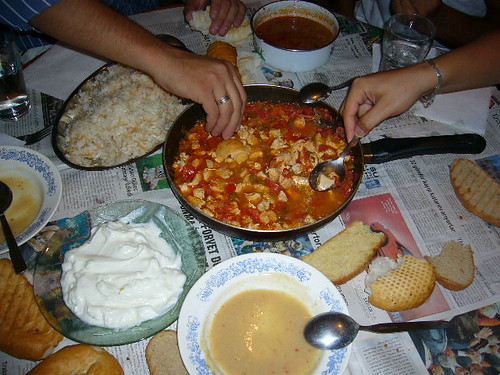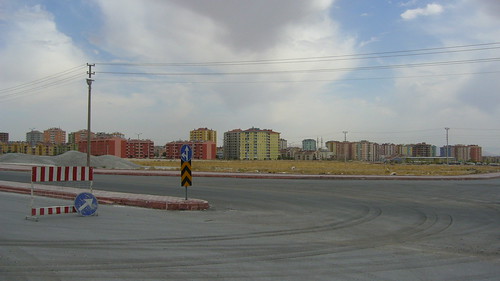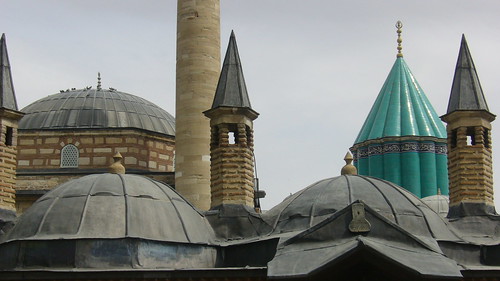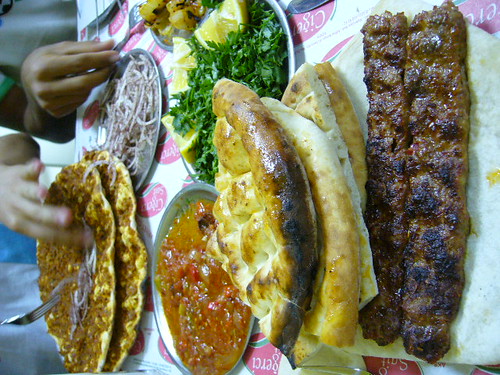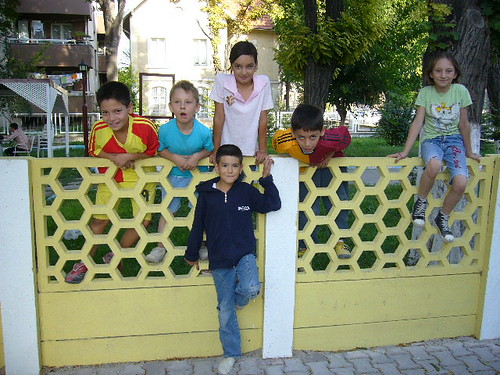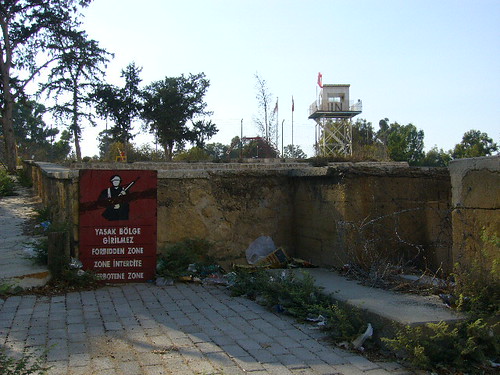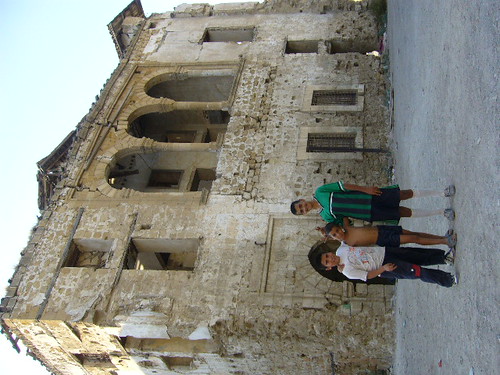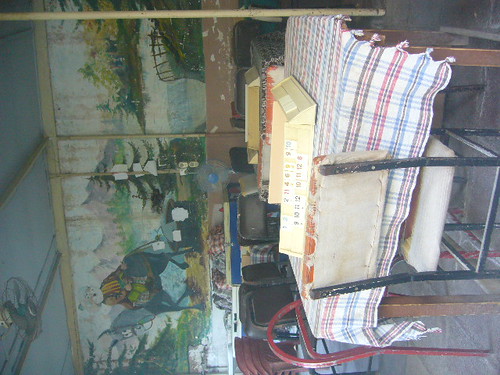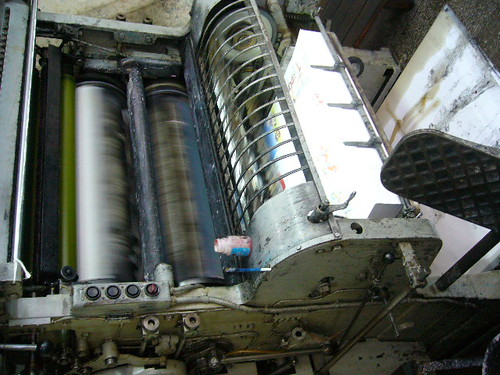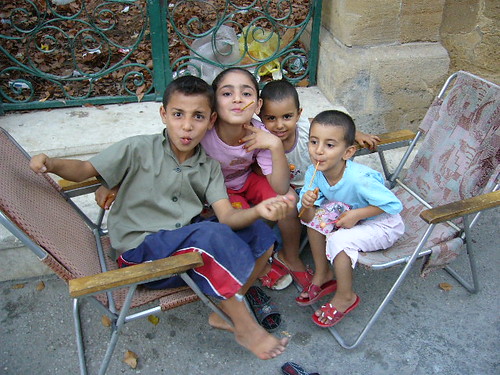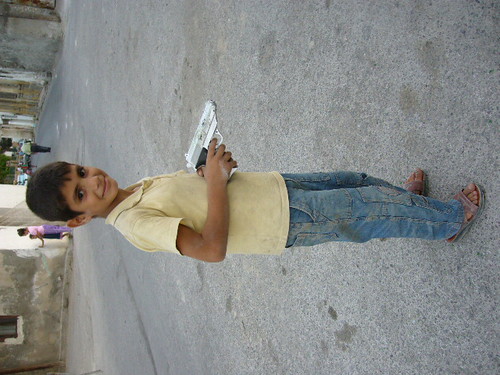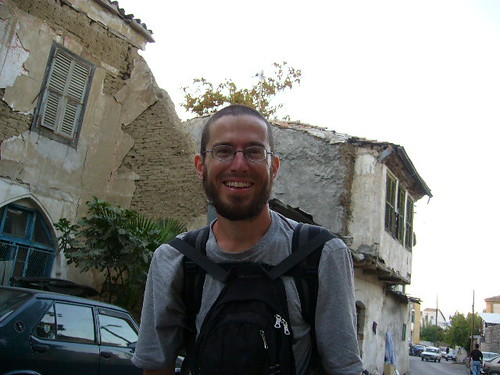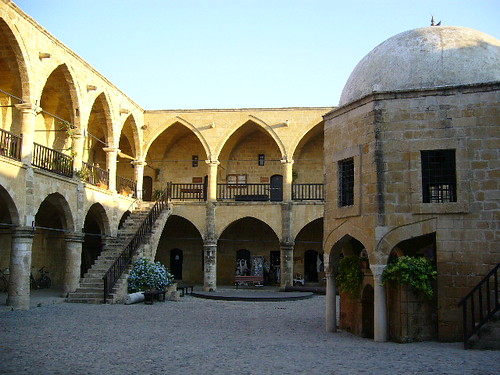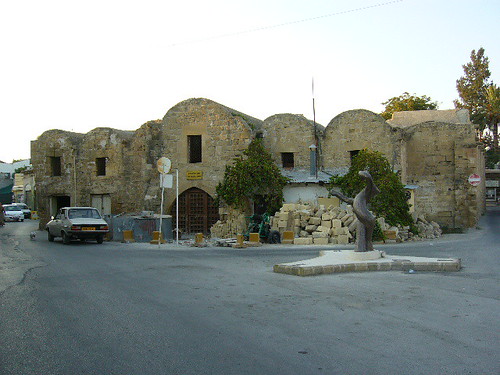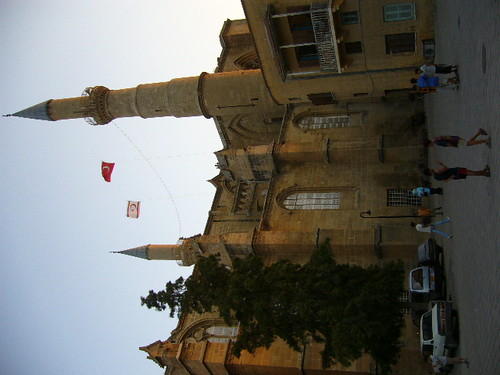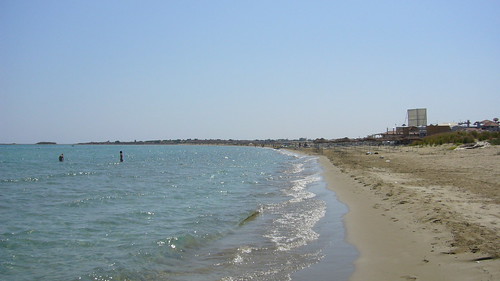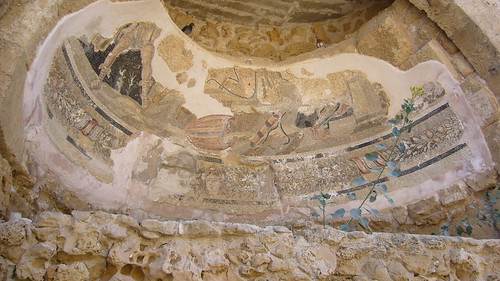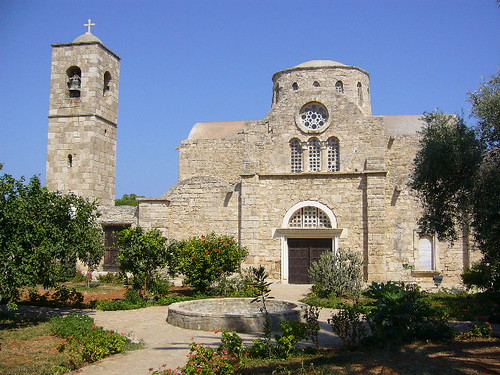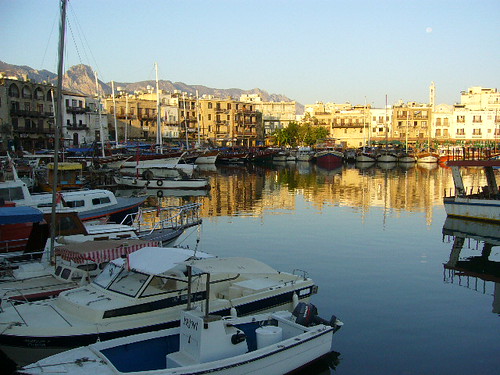
Girne has a charming little crescent shaped harbor sheltered by a huge fort. This is the new center for tourism in the TRNC. The harbor is completely lined with resturants and all the boats are tour operators. At night it's really pretty, and to it's credit it would be a great place for a romantic dinner.
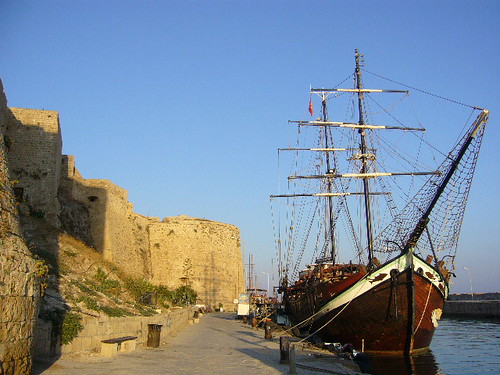
After a quick wander through in the morning to take pictures, I walked to the New Harbor where the passenger ferry departs for Turkey.
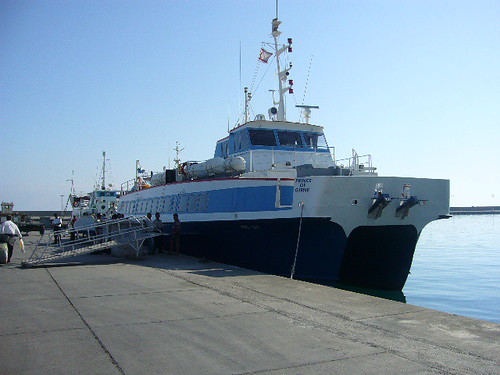
It was a fast ferry this time, only 3 hours. I had a great time in Cyprus but I was really happy to be back in Turkey! It's a very rewarding country to travel in, because of little things like the clean drinking water from fountains all over town, the total absence of any other tourists, the efficient easy to use public transportation, the delicious cheap food, and the best part the Turkish people, who are simply amazing.
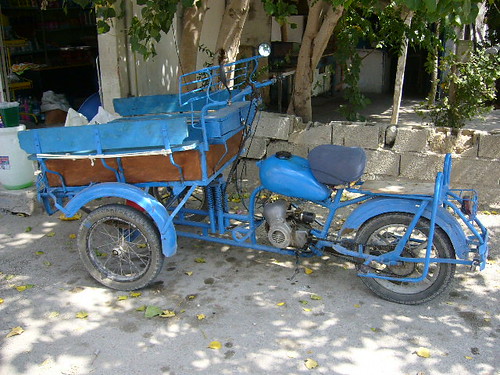
Places like this always seem to be home to weird homemade motorcycle hybrids.
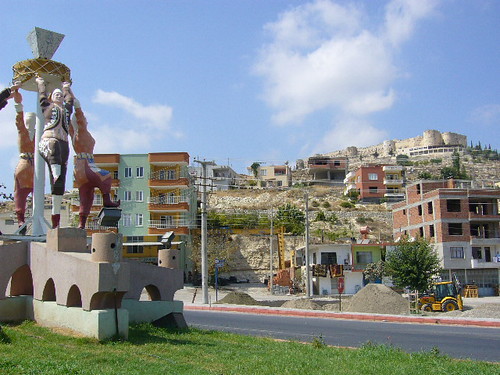
The first town I wanted to see today was Silifke which has a big fortress on a hill and the ruins of a Roman temple of Jupiter.
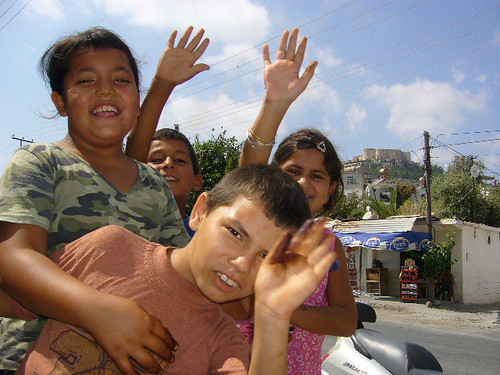
Wandering around town kids would spot me and yell out to their family and friends "turist!" and then either everyone comes out and waves and says hello or you get mobbed by kids who want you to take their picture. It's really nice and I never get tired of saying hello or stopping to chat for a little while. One thing I was dreading, that I had heard about from other travelers and always managed to avoid until now, was being offered çay (chai) tea by almost everyone. It's the national drink here and impossible to refuse. Now I don't usually like drinking tea or coffee but the first time I was offered çay on this trip I reluctantly accepted and it turned out it was pretty good. Now being offered a glass of çay is something I actually look forward to. One other thing that the locals make me drink is Ayran, some kind of salty milk drink. I think it might be goats milk or something.
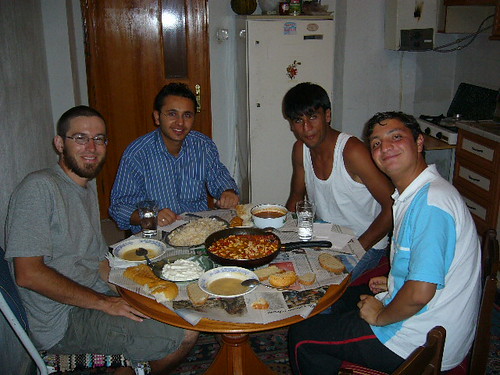
From Silifke I travelled by bus to Konya. At the bus station I met these students from Konya and next thing I knew I had a place to stay when we got there, and one of the best meals ever.
